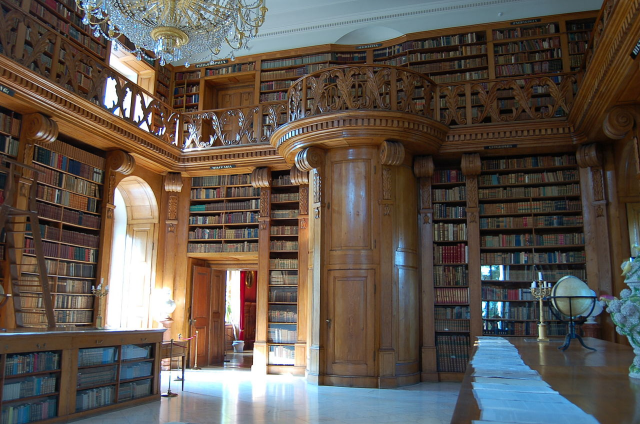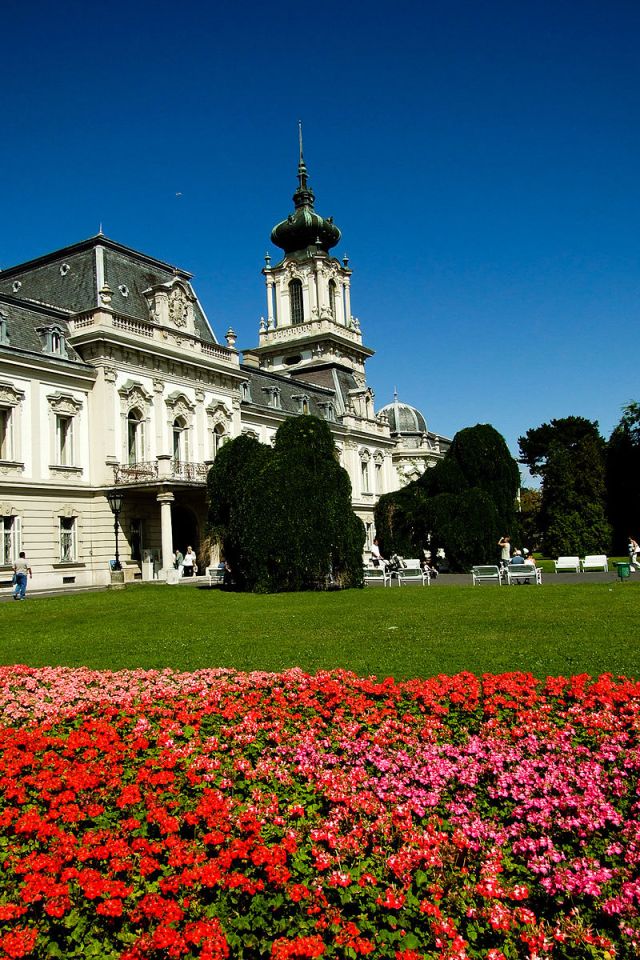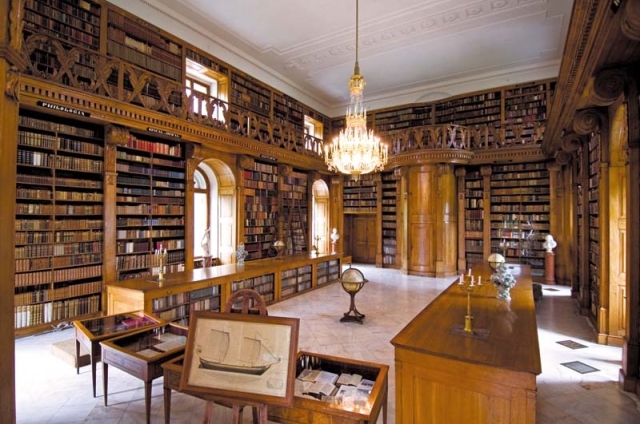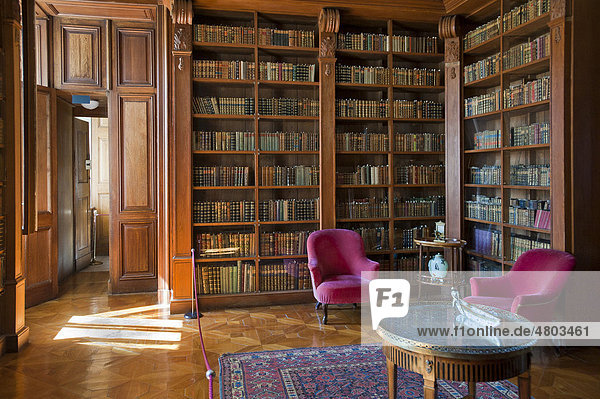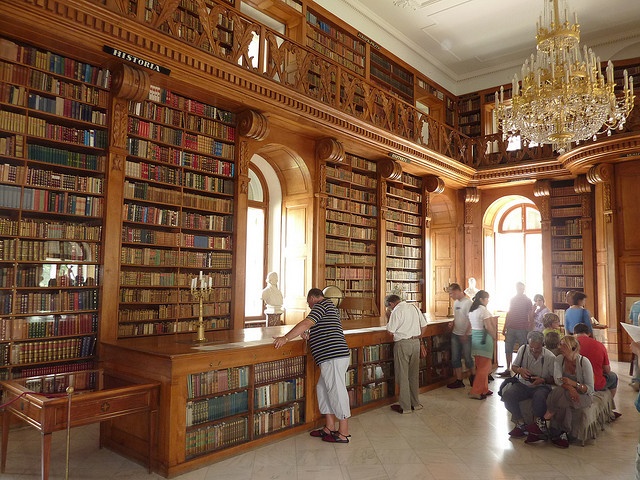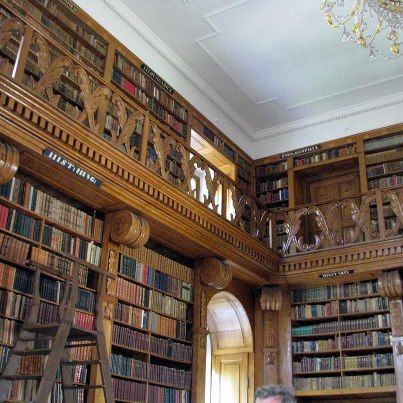
Attributed to John Cheere, William Shakespeare, late-18th century
Royal Collection Trust / (c) Her Majesty Queen Elizabeth II 2015
.
To mark the 400th Anniversary of Shakespeare’s death, the Queen has opened Windsor Castle to display treasures illustrating the Royal Family’s love of the Bard.
The exhibition, “Shakespeare in the Royal Library,” features books, maps, prints, and works of art showing how generations of monarchs since Elizabeth I have enjoyed the work of Britain’s greatest dramatist.

Some of Shakespeare’s plays were written with performance at the royal court in mind. The comedy “The Merry Wives of Windsor,” which directly links the playwright to the historic town and the Castle, was performed in front of Elizabeth I in around 1600. There are a number of copies of “The Merry Wives of Windsor” in the Royal Collection, including a colorfully bound manuscript presented to Queen Mary in 1917. It showcases an embroidered image of Windsor Castle on the front cover. A manuscript dated 1607 shows views of Windsor Castle and the surrounding area as Shakespeare would have known it. Created for Henry, Prince of Wales (eldest son of James I,) “The Description of the Honor of Windesor” is one of only two copies and includes locations and landmarks mentioned in “The Merry Wives of Windsor.”
A manuscript dated 1607 shows views of Windsor Castle and the surrounding area as Shakespeare would have known it. Created for Henry, Prince of Wales (eldest son of James I,) “The Description of the Honor of Windesor” is one of only two copies and includes locations and landmarks mentioned in “The Merry Wives of Windsor.”

One of the highlights of the exhibition is a copy of the Bard’s second folio annotated by both Charles I and George III. Charles I probably read the 1632 collection of plays while he was imprisoned at Carisbrooke Castle before his execution. He was taken from the Isle of Wight to London and beheaded in 1649, following his conviction for high treason during the English Civil War.

Charles I inscribed the words “Dum Spiro Spero” (While I Breathe, I Hope) on the flyleaf of the book and wrote the names of some of the characters from Shakespeare’s comedies on the contents page.
Exhibition curator Elizabeth Clark of Royal Collection Trust said: “This exhibition commemorating 400 years since Shakespeare’s death is a wonderful opportunity to show through many of the Royal Library’s greatest treasures the Royal Family’s lasting interest in Shakespeare and his plays.”
Shakespeare in the Royal Library, Windsor Castle, runs from 13 February 2016 to 1 January 2017.
https://www.royalcollection.org.uk/exhibitions/shakespeare-in-the-royal-library







